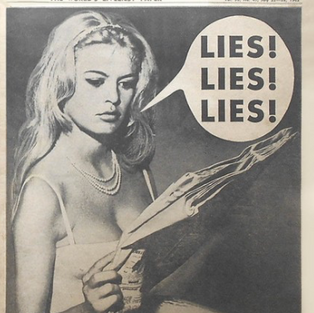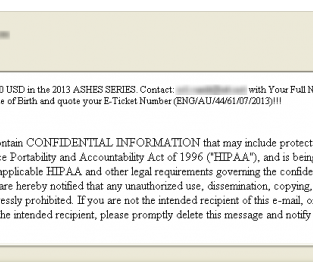Fake News
- Robin

- May 23, 2018
- 2 min read
Updated: Sep 14, 2018
It's hard to find the Truth.

Fake news has been around since the beginning of time...
(or at least the beginning of the time that I can remember).
Do you remember these next to the checkout counter at the grocery store ?
or these:
Somehow we all knew that these were FAKE. Our critical thinking skills helped us to determine that this just didn't make sense.
It is more difficult now,However....."If it looks like a duck and quacks like a duck...then it probably is a DUCK!
Here are some Tips:
1. Vet the publisher’s credibility.
Would the publishing site meet academic citation standards?Just because a site is popular among your friends does not mean its content is accurate.
What is the domain name? Be wary of unusual top-level domain names, like “.com.co.” A second-level domain like “abcnews” may appear credible. But note that abcnews.com.co is a different and illegitimate site, though designed to appear similar to the original.
What’s the publication’s point of view? Read the “About Us” section for more insight into the publisher, leadership, and mission statement. Also, confirm that you have not stumbled upon a satirical news site, like the Onion.
Who is the author? Has he or she published anything else? Be suspicious if the byline, which names the author, is a celebrity writing for a little-known site or if the author’s contact information is a G-mail address.
2. Pay attention to quality and timeliness.
Do you notice splling erors [sic], lots of ALL CAPS, or dramatic punctuation?!?!?! If so, abort your reading mission. Reputable sources have high proofreading and grammatical standards.
Is the story current or recycled? Make sure an older story isn’t being taken out of context.
3. Check the sources and citations.
How did you find the article? If the content showed up in your social media feed or was promoted on a website known for clickbait, proceed with caution. Even if the information was shared by a friend, be sure to follow the steps below to vet the publisher’s credibility.
Who is (or is not) quoted, and what do they say? If you notice a glaring lack of quotes and contributing sources, particularly on a complex issue, then something is amiss. Credible journalism is fed by fact-gathering, so a lack of research likely means a lack of fact-based information.
Is the information available on other sites? If not, then it’s very likely that the journalistic jury is still out on whether this information is valid. Library databases are a great resources for confirming the credibility of information—check out Harvard Library's list of public resources.
Can you perform reverse searches for sources and images? By checking cited sources, you can confirm that the information has been accurately applied and not altered to meet the author’s point of view. The same goes for images. In an era of Photoshop magic, you can’t always believe what you see.
4. Ask the professionals.
Have you visited a fact-checking website? There are many good ones, like FactCheck.org, International Fact-Checking Network (IFCN), PolitiFact.com, or Snopes.com. Do your own detective work and feel more confident in being able to identify fact vs. fiction.
Sources for this story include the News Literacy Project, Pew Research Center, Venngage: How to Spot Fake News, NPR’s All Things Considered, Harvard University Summer School























Comments